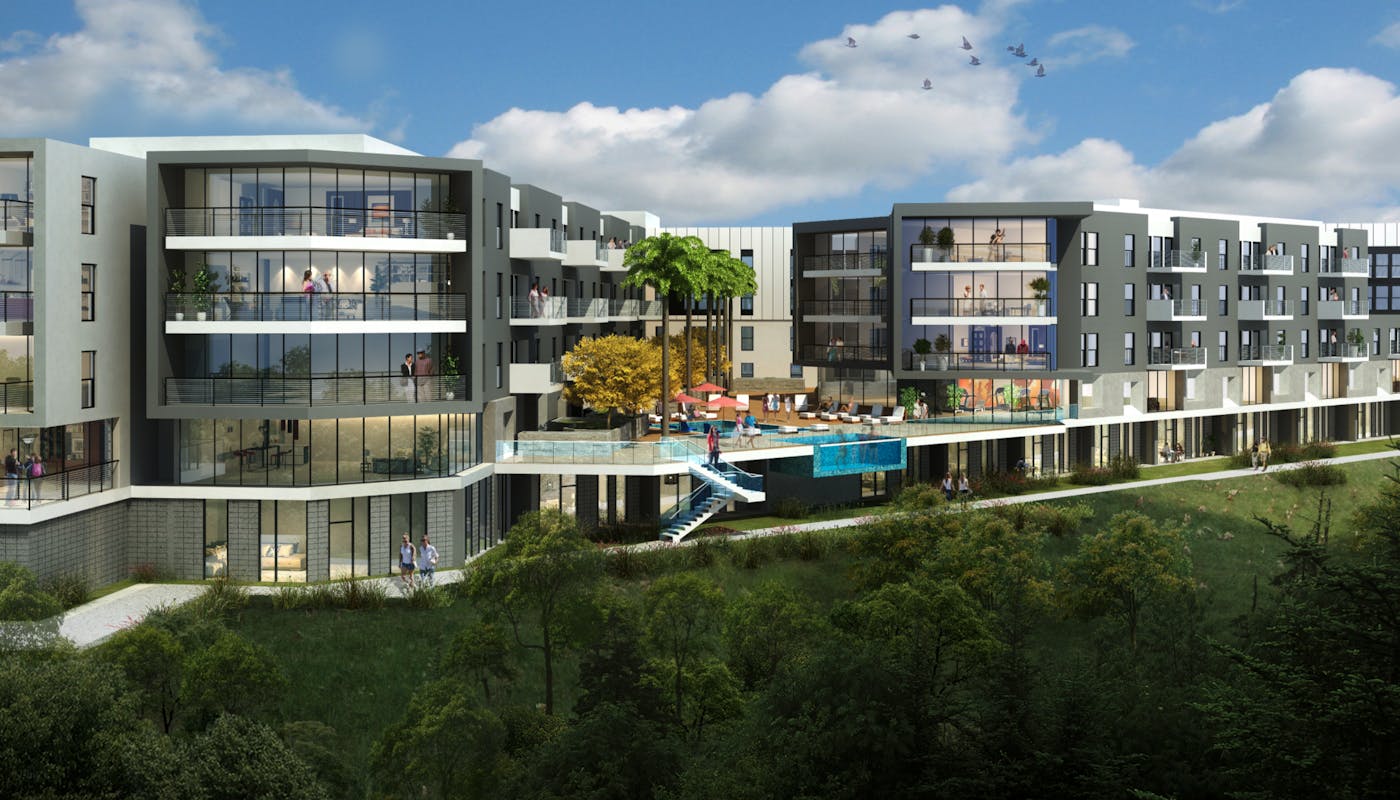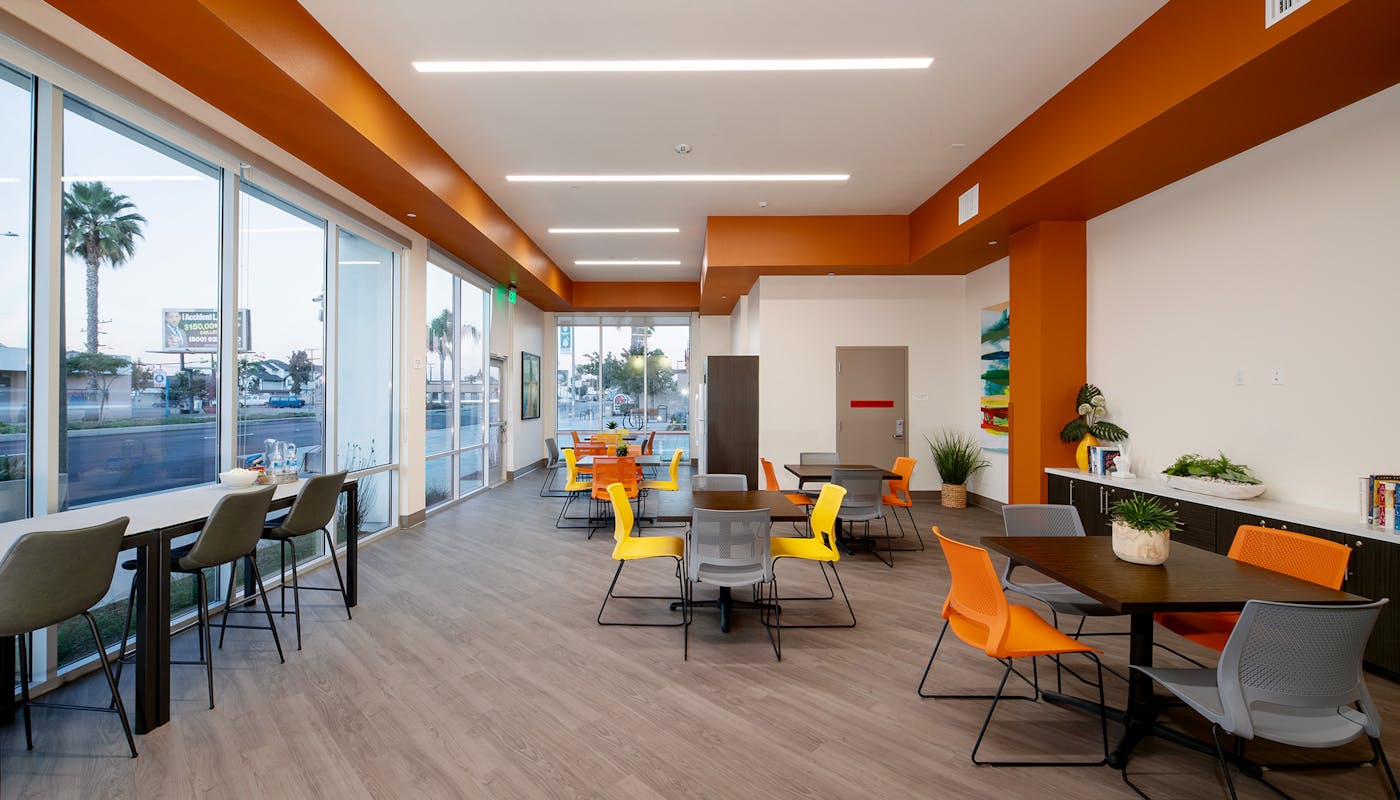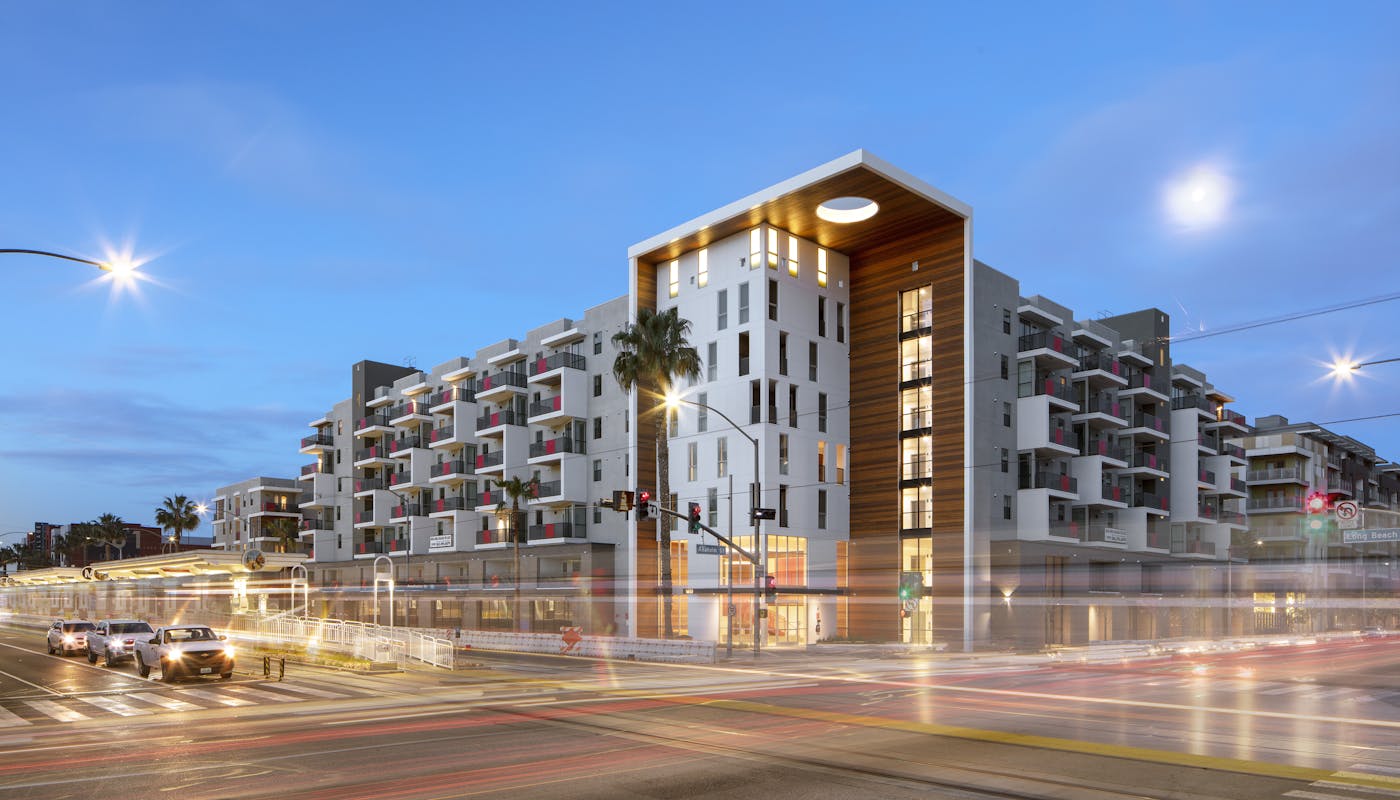Since its inception nearly a decade ago, the KPRS Multifamily division has experienced record growth and currently accounts for roughly one third of the overall volume of work at KPRS. With a focus on relationships and client service, the group is overseen by Eric Donnelly, Vice President of Construction for Multifamily and includes all market-rate, senior living, senior assisted and affordable residential. Here we get an inside view on Eric’s leadership perspective and what the future holds.
Feature
Multifamily Momentum: Q&A with Eric Donnelly, Vice President of Multifamily


What do you attribute to the growth of the KPRS Multi Family group in the past several years?
I think our growth is mostly accredited to KPRS' ability to deliver on time and on budget, and provide the client with an enjoyable experience. This leads to satisfied and repeat clients. In the multifamily industry, these clients are very busy. I believe our adding of team members who have a depth of experience and come from multifamily-specific backgrounds has enabled us to do more, as these individuals were already leaders in this field.
How have you adjusted your focus due to this growth?
We've continued to increase our market share and really work to improve and expand our relationships with owners, architects and subcontractors. We've been working continuously to get ahead of market changes in the multifamily industry, working around cost escalations and hedging costs wherever possible.
What overall industry changes do you anticipate in the next 5+ years and beyond?
We anticipate an even larger shift to energy efficient buildings, particularly in California as new legislation will take hold in December of this year. We've also seen a greater shift to more amenities offerings in this market, and the desire for more flexible space options within individual units.
You’ve worked in multifamily construction for over 35 years. What are some key differences or major changes in building methods + turnaround time are you seeing from now vs then?
From my observance the technical and leadership abilities of the average workman has decreased, and therefore the management and project oversight has had to increase. The complexity of the code has also shifted, where energy efficiency and smart buildings have added another layer of involvement. Since my youth, how we build in this market is basically the same, and it's with the same construction goods and methods. The advent of newer materials has started to take hold, but it's a slow process.
